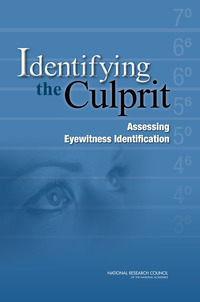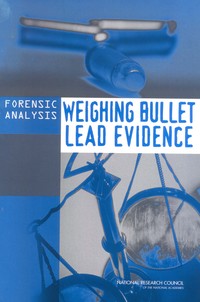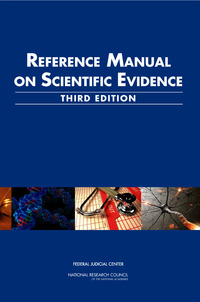Last Friday, a distributed denial-of-service attack on Dyn caused temporary outages at some of the Internet’s most heavily trafficked websites. Dyn is a major contributor to the Web’s infrastructure, working as a middleman to ensure users can connect to the websites they are looking for. Hackers used malware to overwhelm Dyn’s servers.
In a world of increasing dependence on information technology, the prevention of cyberattacks on a nation’s important computer and communications system and networks is essential. Our report At the Nexus of Cybersecurity and Public Policy offers a wealth of information on practical measures, technical and nontechnical challenges, and potential policy responses to cybersecurity issues. In its explanation of the fundamentals of cybersecurity and the discussion of potential policy responses, this book is a call for action to make cybersecurity a public safety priority.
At the Nexus of Cybersecurity and Public Policy: Some Basic Concepts and Issues
We depend on information and information technology (IT) to make many of our day-to-day tasks easier and more convenient. Computers play key roles in transportation, health care, banking, and energy. Businesses use IT for payroll and accounting, …
Also check out our Cybersecurity Collection. These books explain the importance of increasing the usability of security technologies, recommend strategies for future research aimed at countering cyberattacks, and consider how information technology systems can be used to not only maximize protection against attacks, but also respond to threats.




















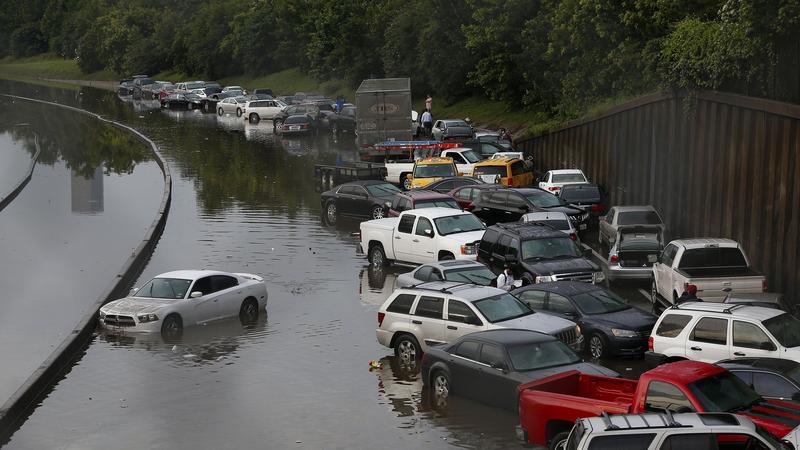









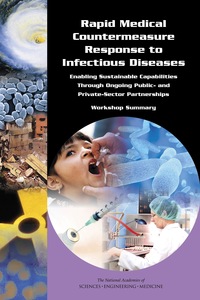
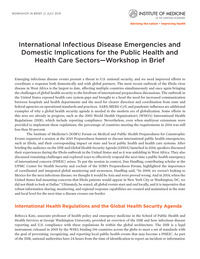
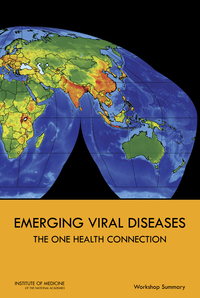
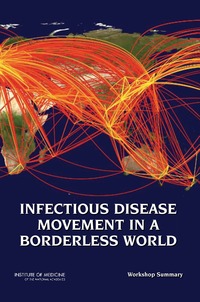
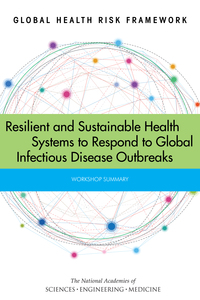
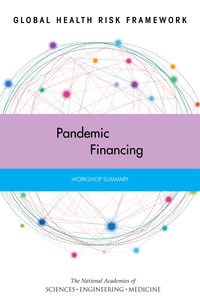
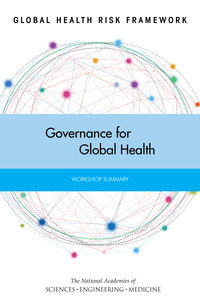
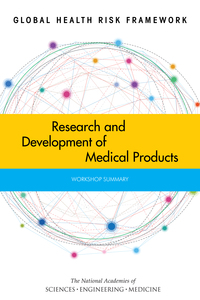
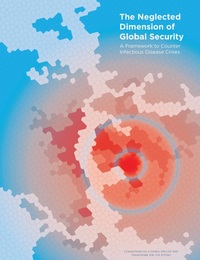
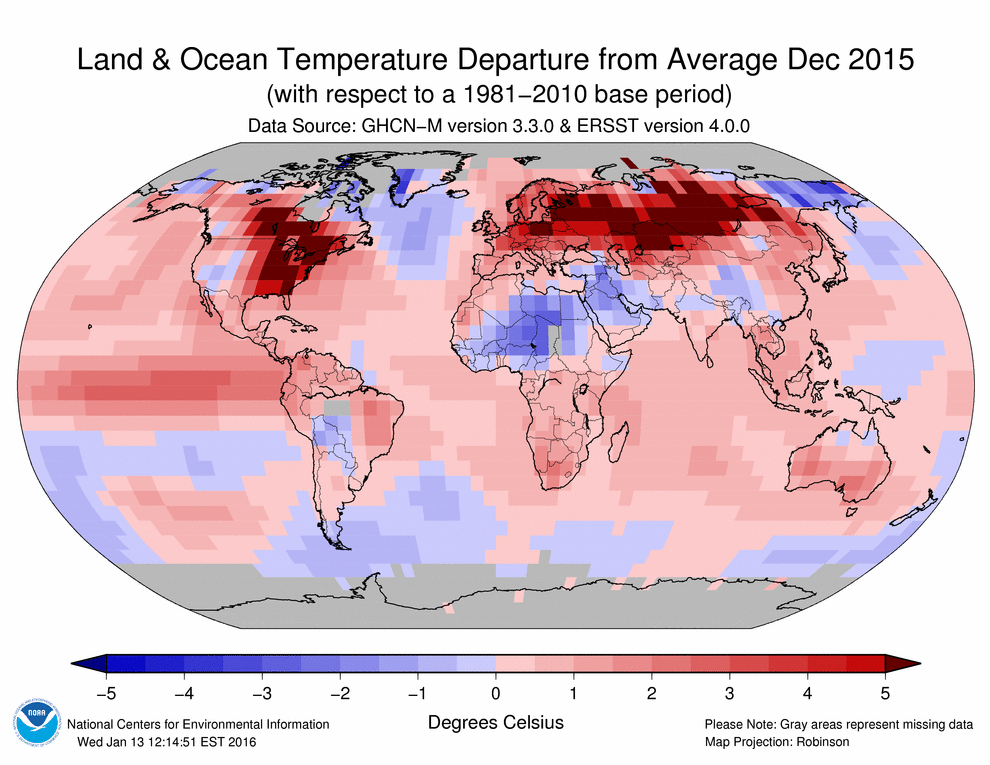
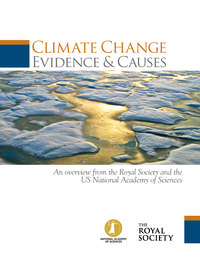
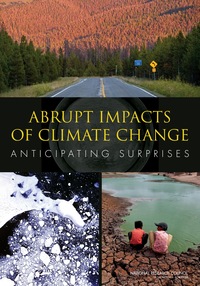
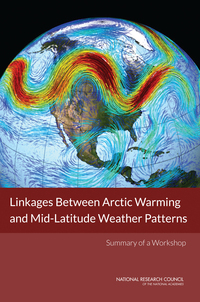
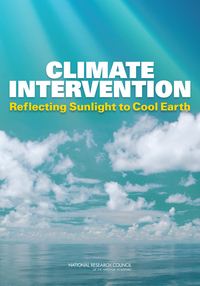
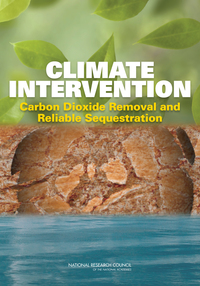
![lineup_notes_post[1]](http://notes.nap.edu/wp-content/uploads/2016/01/lineup_notes_post1.png)
